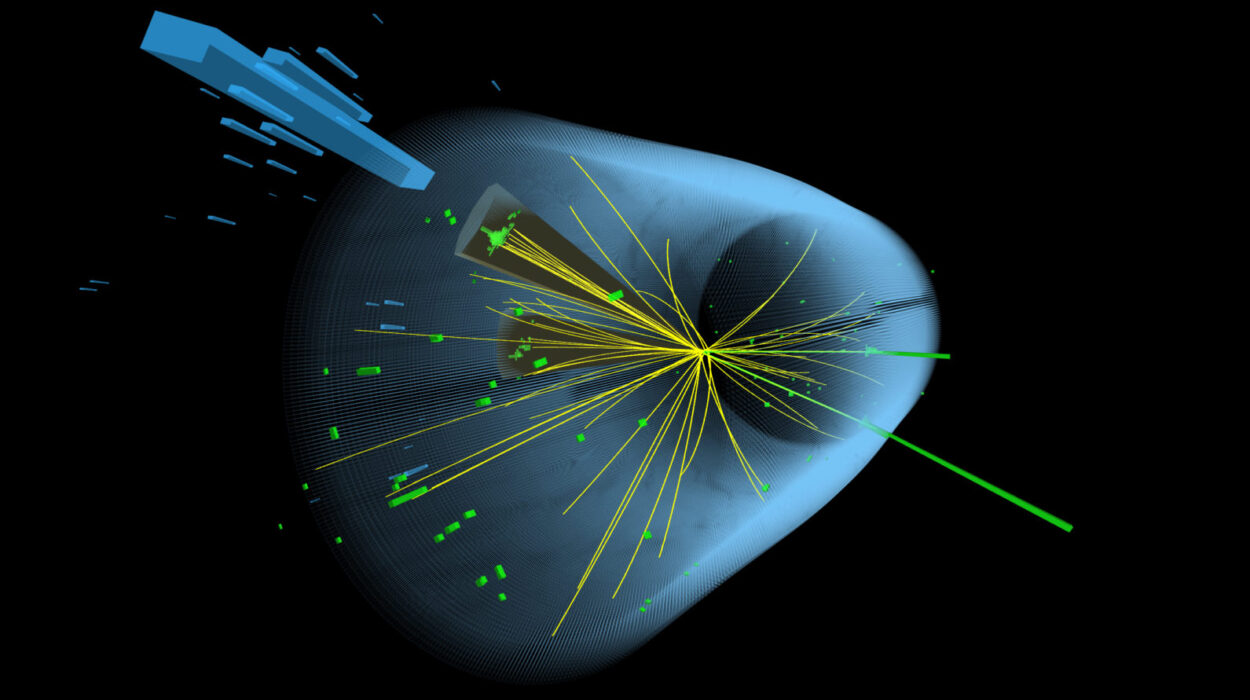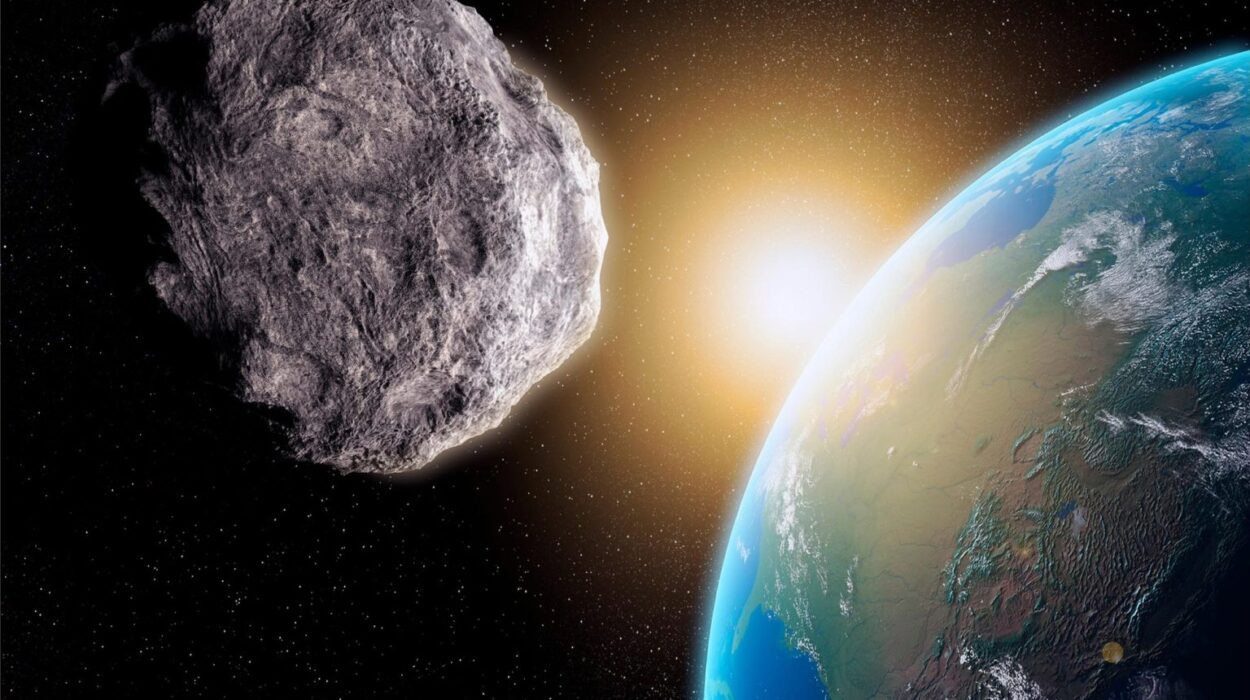From the earliest days of human history, our species has been defined by movement. Our ancestors left the African savannahs and spread across continents, braving unknown landscapes, harsh climates, and wild beasts in search of survival and opportunity. This restless spirit, once driven by necessity, has evolved into curiosity, ambition, and a longing for discovery. It is this same spirit that now turns our gaze skyward, toward the stars. Could humanity, after millennia of colonizing Earth, ever extend its reach to another star system? The question is no longer purely philosophical; it sits at the intersection of technology, physics, and the human imagination.
Our nearest stellar neighbor, Proxima Centauri, lies 4.24 light-years away. That is over 25 trillion miles—an almost incomprehensible distance. Traveling at the speed of modern spacecraft, such a journey would take tens of thousands of years. Yet, if human civilization is to endure over cosmic timescales, the colonization of other star systems may not be an extravagance, but a necessity. Earth, despite its beauty and bounty, is finite. Climate change, resource depletion, and the potential for catastrophic asteroid impacts remind us that our home planet is fragile. To venture beyond the solar system is not merely a dream; it may be the ultimate insurance policy for humanity.
The Physical Barriers of Interstellar Travel
The challenge of reaching another star system begins with the sheer scale of the universe. Light itself, the fastest known entity, takes more than four years to reach Proxima Centauri. Our fastest human-made object, the Parker Solar Probe, travels at roughly 430,000 miles per hour, a speed that would take over 17,000 years to cross the distance. At such velocities, conventional chemical rockets, which have propelled humans to the Moon and robotic probes to the outer planets, are entirely inadequate.
Physicists have long considered alternative propulsion methods. Nuclear propulsion, using either fission or fusion, offers the promise of much higher speeds. Fusion drives, in particular, could theoretically accelerate spacecraft to a significant fraction of light speed, reducing the journey to mere decades. Yet even these technologies remain largely conceptual. Fusion power on Earth is still in its infancy, and building a spacecraft capable of safely sustaining a fusion reaction over decades is an engineering challenge of unprecedented magnitude.
Another concept, the light sail, exploits the momentum of photons. A powerful laser array stationed on Earth could push a thin, reflective sail to incredible velocities. The Breakthrough Starshot initiative, proposed in the 2010s, aims to accelerate miniature probes to 20% the speed of light, potentially reaching Alpha Centauri in just over 20 years. However, these probes are far too small to carry humans, and scaling the technology for crewed missions introduces a host of new problems: shielding against interstellar radiation, life support over decades, and the ability to decelerate upon arrival.
The Problem of Human Longevity
Even if we overcome propulsion, the human lifespan poses a fundamental obstacle. A journey of decades—or even centuries—cannot be completed within a single human lifetime using foreseeable technology. One solution is cryogenic suspension, where humans are placed in a state of hibernation to slow metabolism and aging. While science has made strides in preserving cells and small organisms at low temperatures, whole-body cryonics remains speculative and untested for long-term interstellar journeys.
Generational ships, vast vessels designed to sustain multiple human generations, represent another possible approach. On such ships, children would be born and die while traveling through space, with the destination reached by the descendants of the original crew. Yet this idea raises profound ethical and sociological questions. How would communities maintain social cohesion, education, and governance over centuries in a closed environment? What unforeseen psychological pressures would emerge from life confined to a steel tube surrounded by vacuum? The technological problems are daunting, but the human factors may prove equally formidable.
Life Support Across Light-Years
Sustaining life for decades in space is no small feat. Earth’s atmosphere, water, and ecosystems evolved over billions of years, creating a delicate balance of gases, nutrients, and microbial life. Replicating such systems aboard a spacecraft requires mastery of closed-loop life support technologies. Plants can provide oxygen through photosynthesis, but they also demand light, water, and nutrients in precisely controlled amounts. Water recycling and waste management must approach 100% efficiency, as even minor losses accumulate over decades.
Cosmic radiation presents another deadly threat. Beyond the protective shield of Earth’s magnetosphere, humans are exposed to high-energy particles capable of damaging DNA, increasing cancer risk, and compromising neurological function. Massive shielding adds weight, complicating propulsion, while magnetic or plasma-based shielding technologies are still in experimental stages. A journey to Proxima Centauri is not merely a test of engines—it is a test of our ability to sustain life against the relentless hostility of the cosmos.
Planetary Selection and Habitability
Even if we succeed in traveling to another star, colonization depends on finding a suitable destination. Exoplanet research has identified thousands of planets beyond our solar system, some of which lie in their stars’ habitable zones, where temperatures might allow liquid water. Proxima Centauri b, a planet orbiting our nearest stellar neighbor, has captivated astronomers because it resides within its star’s habitable zone.
However, habitability is not guaranteed. Red dwarf stars like Proxima Centauri emit powerful flares that could strip atmospheres and irradiate surfaces. Planets may be tidally locked, presenting one scorching day side and one freezing night side. Even if life could survive on such worlds, human habitation would require significant technological intervention: atmosphere generation, temperature regulation, and possibly large-scale domes or underground habitats. Colonization is not a matter of arrival, but of transformation—making alien worlds livable for human physiology.
The Energy Cost of Expansion
The energy requirements for interstellar colonization are staggering. Moving even a small payload at significant fractions of light speed demands energies comparable to the output of entire nations over decades. Solar sails reduce fuel mass but require colossal laser infrastructures, while fusion or antimatter drives present their own production and safety hurdles. The investment, both financial and intellectual, is immense, and will likely exceed any current space mission by orders of magnitude.
Yet energy is not only a barrier; it is also a guide. A civilization capable of interstellar colonization must develop technologies far beyond what we have today, potentially harnessing fusion, asteroid mining, or even megastructures like Dyson swarms to capture stellar energy. The endeavor itself could drive transformative advances in engineering, materials science, and artificial intelligence, changing life on Earth even before humans leave it.
The Sociocultural Dimension of Space Colonization
Colonization is never purely scientific; it is profoundly human. Space travel challenges our social structures, ethics, and identities. Communities aboard starships must maintain cooperation over centuries, adapt to confined environments, and preserve cultural knowledge. Conflicts could be catastrophic in isolation, where escape is impossible. The psychological toll of interstellar solitude—the knowledge that even a minor accident could end the mission—requires new frameworks for governance, education, and emotional support.
Moreover, interstellar colonization raises ethical dilemmas beyond the ship itself. What rights do humans have to reshape distant worlds? Could we inadvertently destroy alien ecosystems or pre-existing life forms? The expansion of humanity may not only be a technical challenge but a moral one, forcing us to consider whether our urge to spread is an expression of creativity or a repetition of Earth-bound hubris.
Robotic Precursors and Terraforming
Many scientists argue that colonization will likely begin with robotic missions. Autonomous probes can scout planets, build infrastructure, and even prepare habitats before humans arrive. AI-driven construction could transform barren landscapes into livable zones over decades or centuries. Terraforming, the deliberate modification of a planet’s atmosphere and surface, might turn a hostile world into a second Earth, though such projects require technological mastery on a planetary scale.
The first step, however, is knowledge. Telescopes, spectrometers, and space missions will continue to refine our understanding of exoplanets, helping prioritize targets for future colonization. In a sense, humanity must map the cosmos with patient care, learning to “read” worlds from light and gravity before committing our species to their fate.
Beyond Physics: The Human Spirit
While the scientific and technical hurdles of interstellar colonization are immense, the greatest question may be human will. To leave the solar system requires imagination, courage, and the acceptance of risk on a scale unprecedented in history. It demands that we confront mortality, isolation, and the vast indifference of space, yet also promises a future in which humanity is no longer bound to a single fragile planet.
There is also a philosophical dimension. Colonizing another star system is not merely a survival strategy; it is an act of creation. Each generation that ventures outward carries with it not just DNA, but culture, memory, and values. Humanity would become a multi-stellar species, its story written across light-years rather than continents. In this sense, the colonization of other star systems is the ultimate expression of the restless curiosity that first led our ancestors to leave Africa: the drive to explore, to endure, and to leave a mark on the universe itself.
The Future of Interstellar Colonization
Current technology suggests that human colonization of other star systems remains a distant dream, perhaps centuries or millennia away. Yet the dream itself shapes our present. Projects like Breakthrough Starshot, advances in fusion research, and the growth of artificial intelligence are all steps toward the day when humanity might set sail for the stars.
We may never reach every star, and not every attempt will succeed, but the pursuit itself is transformative. It challenges us to think on cosmic scales, to develop technologies far beyond our current limits, and to cultivate the resilience and imagination required for survival in the harshest environments. Even if the first starships carry only robots or embryos in suspended animation, each journey will bring humanity closer to a future in which we are no longer confined to a single solar system.
Conclusion: Reaching Beyond
To ask whether we could colonize another star system is to ask what it means to be human. It is to confront the limits of our technology, the constraints of physics, and the depths of our courage. It is to imagine lives unfolding in environments we cannot yet fully comprehend, to anticipate civilizations born far from Earth, and to accept the responsibility that comes with expansion into the cosmos.
The stars have always called to us, not merely as lights in the night sky, but as mirrors reflecting our own potential. Colonization of another star system is not merely a question of feasibility; it is a test of imagination, ambition, and endurance. It is a dream that requires decades of science, centuries of effort, and perhaps millennia of patience, yet it carries the promise of survival, discovery, and the continuation of the human story across the universe.
In reaching beyond the solar system, humanity affirms the same spirit that has driven it for millennia: curiosity that cannot be tamed, a yearning that cannot be silenced, and a hope that, against staggering odds, we can transcend the limitations of our planet and our time. The stars await, patient and distant, offering a canvas for the next great chapter in our species’ journey.






